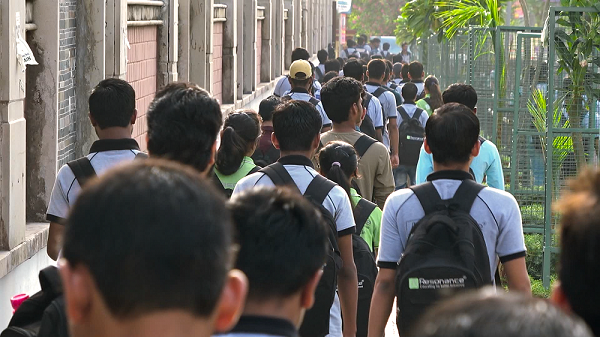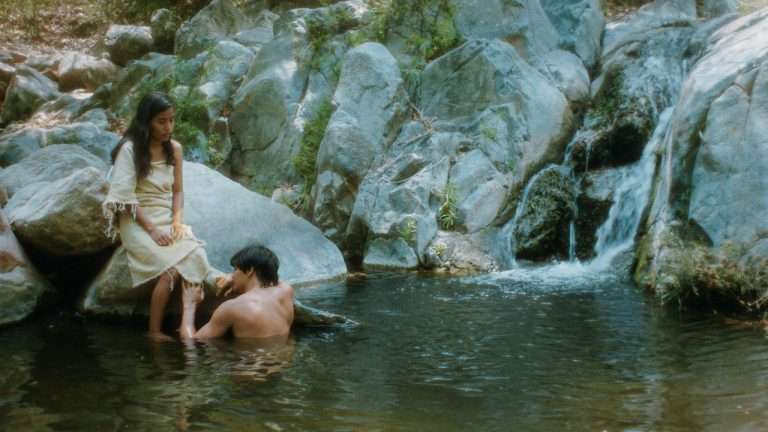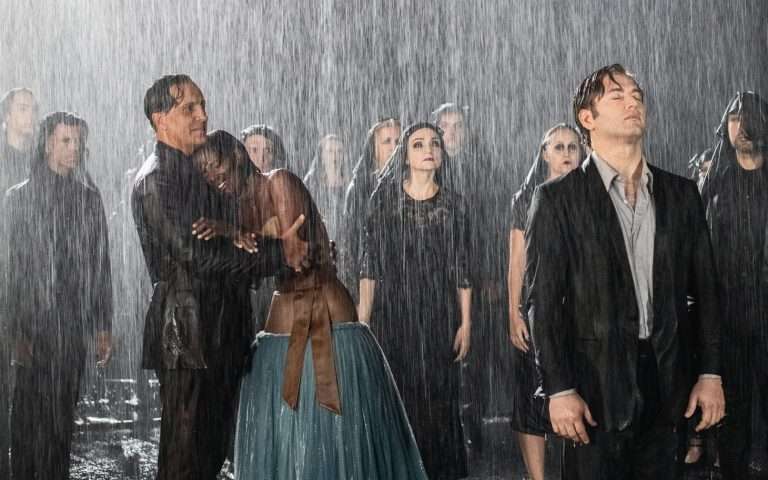The Bread and Alley (1970) Short Film Review: Abbas Kiarostami, the Iranian director who pioneered a language of cinema that was profound and had a humble basis with diverse elements of life, comes to mind when someone mentions “Iranian New Wave Cinema.” His films have always shown life in a very unostentatious way. Over the course of his career, several of his works—particularly those from the beginning like “Experience,” “The Traveller,” and “First Case, Second Case” – had strong kid protagonists who served as the film’s central focus. His 1989 film, Homework, a dark take on the Iranian education system, was the last film Kiarostami made with a child protagonist, and he followed it up with Close-Up. This film gave him wider recognition among the film fraternity.
Before any of this, though, and before his feature directorial debut with “Experience” (1973), he had made a short of 11 minutes, with a child protagonist at the center of it. The film begins with a boy carrying a loaf of Iranian Barbari bread, going down a closeted alleyway, and enthusiastically kicking a can. He stops midway, frightened, seeing something offscreen. Then we hear a bark, and then we see a stray dog who keeps growling at the boy. The boy is frozen in fear and looks for someone to give him company to negotiate the alley. An old, partly deaf man comes, and the boy starts to follow him, having gained courage since he will have someone to walk with. But the older man soon enters a door in the alley, and the boy is back to square one. He initiates a tactic and decides to throw some of the bread to the dog, which stops growling and soon follows him wagging his tail.
Where the film puts its contrasting views about nature and behavior is when the boy reaches home, the mother of that child slams the door in front of the dog. Subsequently, the dog starts barking and growling at a boy carrying a bowl of buttermilk. What happens to the boy next is left to interpretation, but the film, through its efforts to capture the suddenness of events, shows us how defense mechanisms work for different animals. The boy, who was frightened, decided to throw the bread as he thought it would have been easy for him to pass by since it was how his brain tailored him to defend himself.
On the other hand, the dog stops growling once it receives the bread but turns hostile the second time around after the door slam. The dog might have faced similar situations where people tried to bribe him with different items only to leave him on the street. This shows that this growling and barking is his defense and revolt against the humans who lure him, only to abandon him finally. If put to different perspectives, both characters developed different modes to defend themselves. The dog has put up a wall of hostility before he decides to be someone’s companion, only to turn hostile again after realizing the bait. The boy, on the contrary, has seen a way to get out of a situation that he didn’t know would arise.
Kiarostami once said, “I’ve often noticed that we are not able to look at what we have in front of us unless it’s inside a frame.” It applies pretty well here as we tend to see the terrifying act of the dog when he is onscreen, but we are introduced to him with his offscreen bark. The boy, as well as the viewers, notice him only when he is onscreen. Kiarostami lets the situations flow, and his ability to work with children and non-professional actors, which later gifted us some gems of films, was put to good use in this short as well. You can feel the boy’s perception and believe it to be all too real due to the young performer’s emotional sophistication and nuance in conveying his infantile fear and absolute terror.
Shot entirely in monochrome, Kiarostami hides the extraordinary situations in the banal daily lives and puts a bit of a comedic touch to it while becoming an observer himself. The movie has a certain rawness to it because of how skillfully he handles the camera and lets the action unfold as he explores how both people and animals develop defense systems in response to their environment and experiences. While the boy acted on the situation, the dog acted on experience. Abbas Kiarostami becomes the latter in his later career, as he gains experience from this film and utilizes them in his later works. Many of the director’s later trademarks are present in this movie, such as the characters taking advantage of opportunities and fortuitous encounters. He makes us a part of his decision-making. That is the brilliance of Kiarostami, who created his own niche and paved the way for minimalistic cinema that was not yet present in Iranian cinema.






